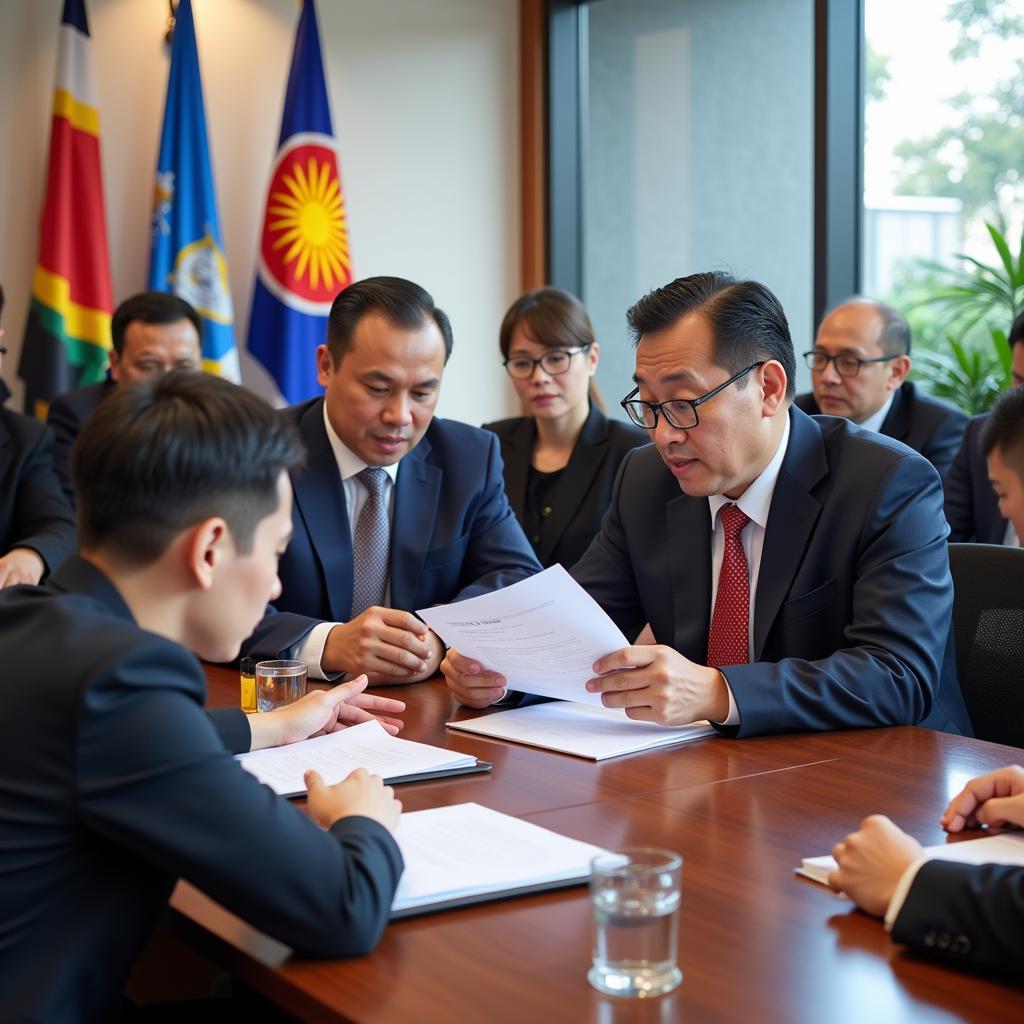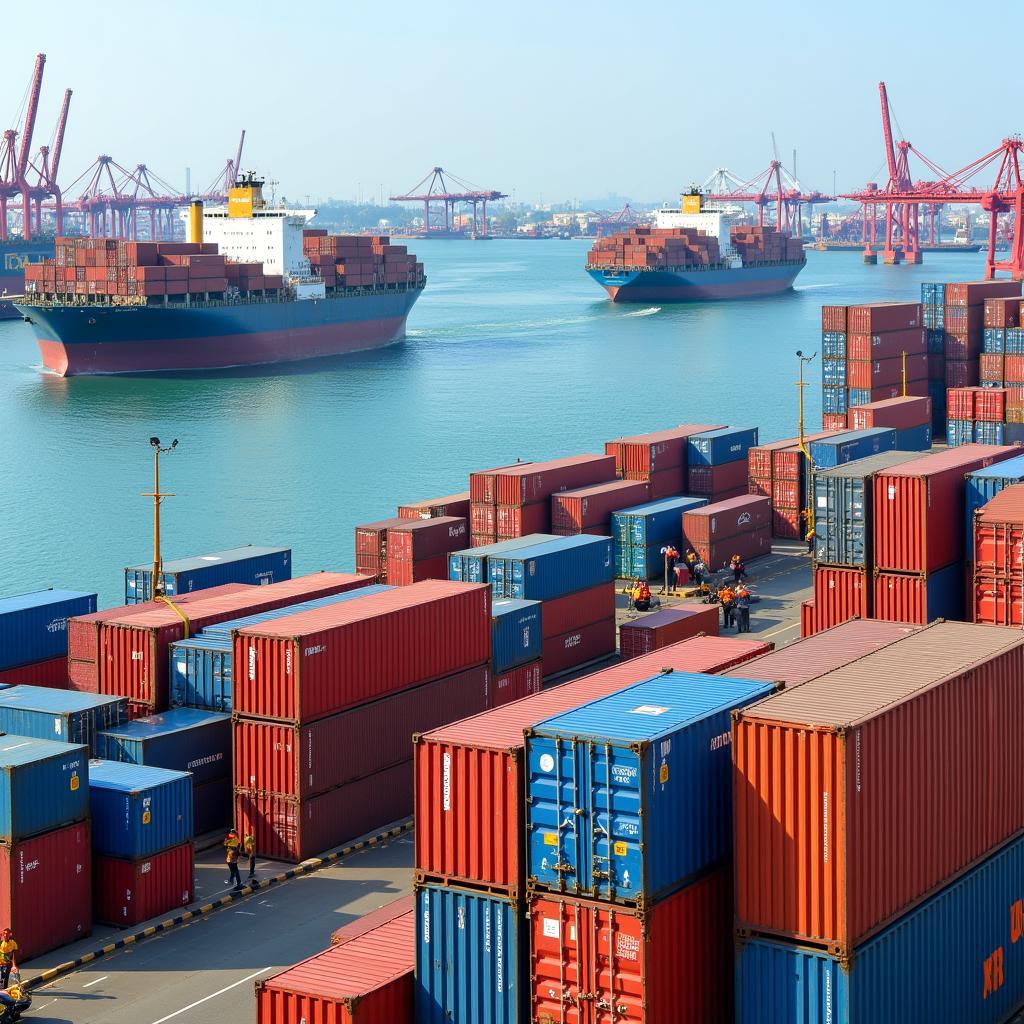The Asean Agreement On Customs, established in 2005, marks a significant step towards achieving an ASEAN Economic Community (AEC). This agreement aims to streamline and harmonize customs procedures among member states, facilitating smoother trade and economic integration within the region.
Breaking Down Barriers: Key Features of the Agreement
The ASEAN Agreement on Customs focuses on several key areas to simplify customs procedures and promote transparency:
- Standardized Documentation: The agreement encourages the use of standardized customs forms and documents across ASEAN nations, reducing paperwork and simplifying trade processes for businesses.
- Simplified Customs Procedures: By harmonizing customs procedures, the agreement seeks to expedite the movement of goods across borders, reducing time and costs associated with customs clearance.
- Enhanced Transparency and Information Sharing: The agreement promotes transparency by encouraging member states to share information on customs regulations, procedures, and best practices. This facilitates a more predictable and efficient trading environment.
Boosting Trade and Investment: Benefits of a Unified Customs Framework
The ASEAN Agreement on Customs brings about a range of benefits for businesses and economies within the region:
- Reduced Transaction Costs: Simplified procedures and reduced paperwork lead to lower transaction costs for businesses engaged in cross-border trade.
- Increased Trade Flows: Streamlined customs processes and enhanced transparency facilitate faster and more efficient movement of goods, boosting trade within ASEAN.
- Enhanced Competitiveness: A unified customs framework enhances the region’s competitiveness as an attractive destination for foreign investment and global trade.
 ASEAN Customs Officials Meeting
ASEAN Customs Officials Meeting
Implementation and Challenges: A Work in Progress
While the ASEAN Agreement on Customs lays a strong foundation for customs cooperation, implementation remains an ongoing process.
- Harmonization Challenges: Aligning customs procedures and regulations across ten diverse nations presents practical challenges. Achieving complete harmonization requires ongoing efforts and political will.
- Technological Advancement: Embracing technology is crucial for seamless customs integration. Member states are working towards implementing electronic data interchange systems and other technological solutions to further streamline processes.
A Catalyst for Regional Integration
The ASEAN Agreement on Customs represents a crucial step towards achieving the ASEAN Economic Community’s vision of a single market and production base. By fostering closer customs cooperation, ASEAN aims to unlock the full potential of its diverse economies and enhance its global competitiveness.
 ASEAN Shipping Containers at Port
ASEAN Shipping Containers at Port
FAQs
1. What is the main objective of the ASEAN Agreement on Customs?
The agreement aims to simplify and harmonize customs procedures among ASEAN member states, promoting trade and economic integration.
2. How does the agreement benefit businesses?
It reduces transaction costs, simplifies trade processes, and creates a more predictable trading environment, ultimately boosting profitability.
3. What are some challenges in implementing the agreement?
Harmonizing customs procedures across diverse nations and embracing technological advancements for seamless integration pose ongoing challenges.
Need Assistance?
For further inquiries and support regarding ASEAN trade and customs regulations, contact us at:
Phone: 0369020373
Email: aseanmediadirectory@gmail.com
Our team is available 24/7 to assist you.
asean-1-ftas provides valuable insights into free trade agreements within the ASEAN region, further enhancing your understanding of trade dynamics. You can also explore more about the ASEAN Business Advisory Council to understand the private sector’s role in promoting economic integration.
